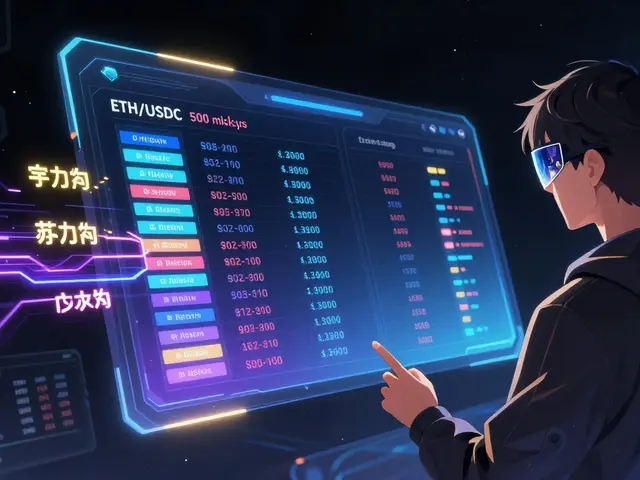51% Attack: What It Is, How It Works, and How to Guard Against It
When dealing with 51% attack, a scenario where an individual or coalition controls over half of a blockchain’s mining power, letting them rewrite recent blocks and double‑spend coins. Also known as majority attack, it directly undermines Proof‑of‑Work consensus by hijacking the hash‑rate race. 51% attack isn’t just theory; real‑world incidents have shown how mining pools can unintentionally concentrate power, turning a decentralized network into a single point of failure.
Understanding the Mining pool, a group of miners that combine hash power and share rewards is essential because pools can push the network’s total hash rate past the 50 % threshold, especially in smaller blockchains. When a pool—or a colluding set of pools—reaches that level, they can execute a double spend, re‑using the same coins in two different transactions, censor transactions, or delay block confirmations, shaking user confidence.
Why It Matters for Investors and Developers
For investors, a successful 51% attack can wipe out market value overnight, so monitoring hash‑rate distribution charts becomes a practical risk‑management step. Developers can cut exposure by adopting hybrid consensus models, adding finality checkpoints, or encouraging a broad miner ecosystem. Real‑time dashboards that flag sudden hash‑rate spikes turn a potential disaster into an early warning, giving traders and builders time to react.
Below you’ll find a curated set of articles that break down these concepts, showcase real‑world case studies, and give actionable steps to protect your holdings and design more resilient blockchain solutions.
Double-Spending Attack Methods Explained: Race, Finney & 51% Attacks
Learn how Race, Finney, and 51% attacks enable double-spending, see real-world examples, and discover practical defenses for merchants and users.











